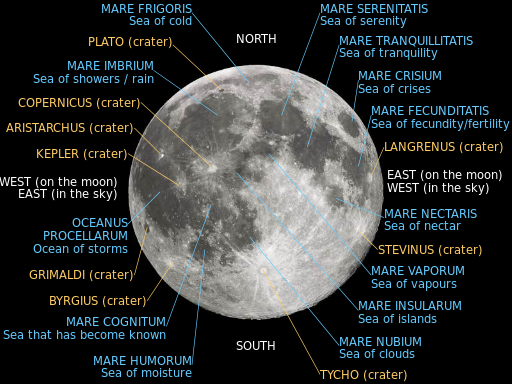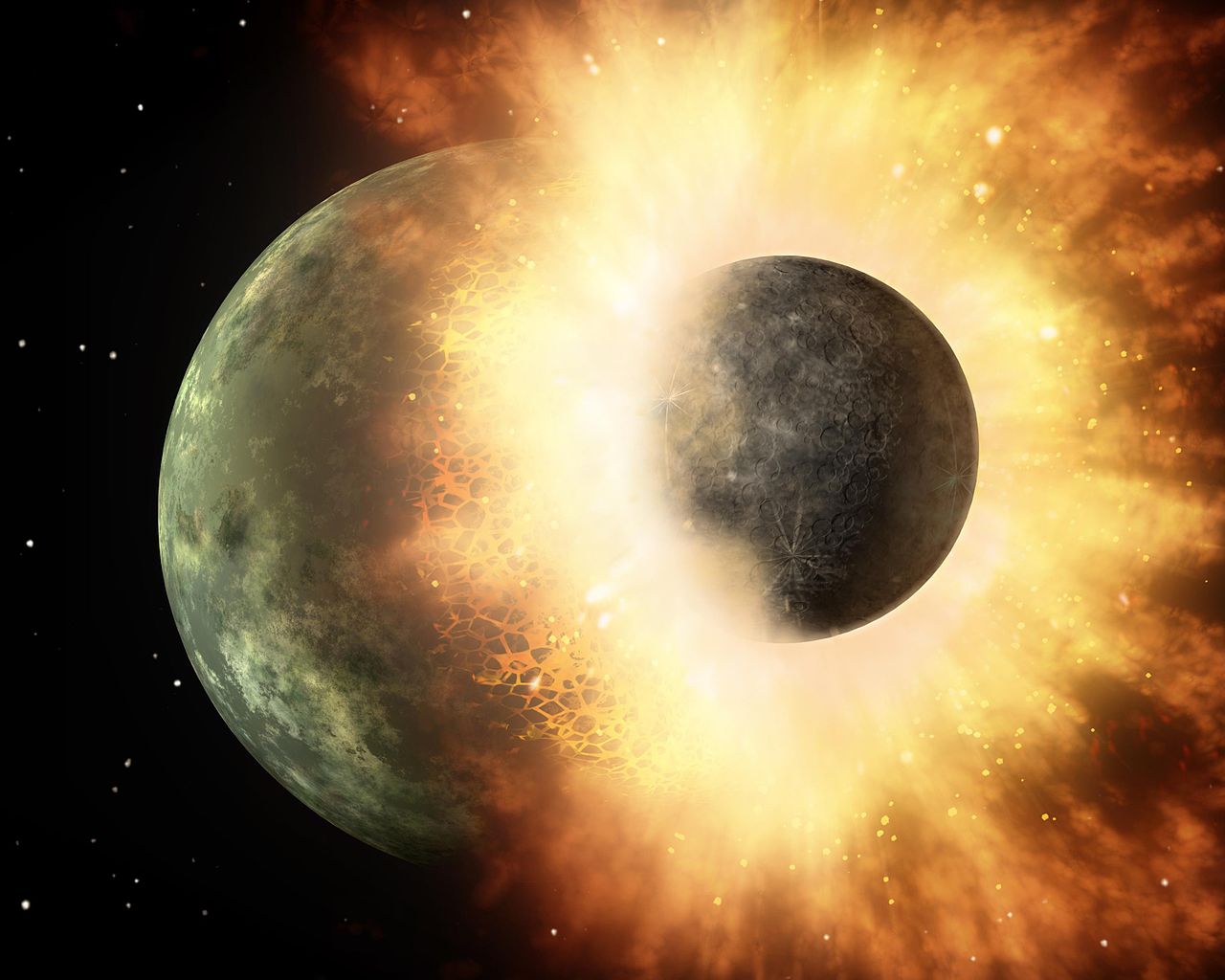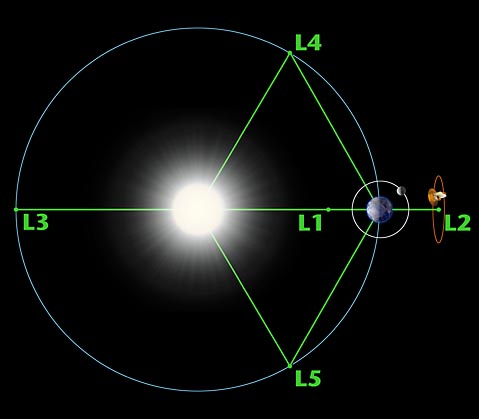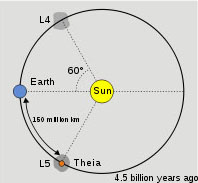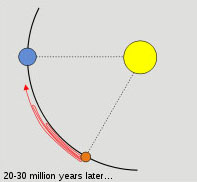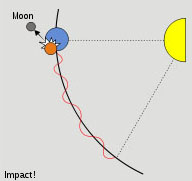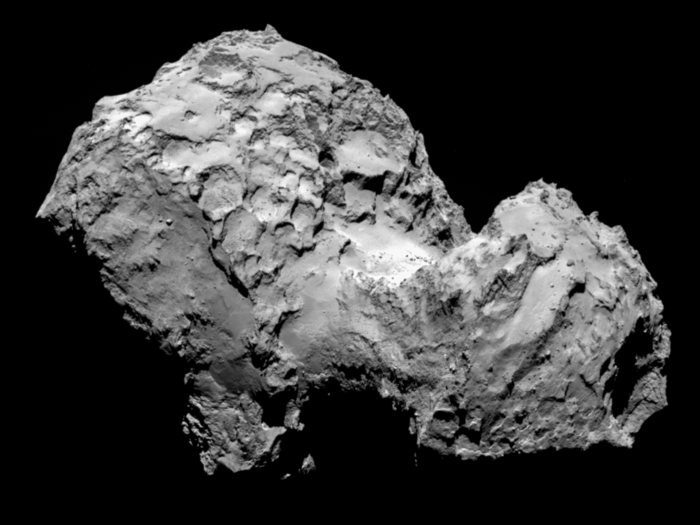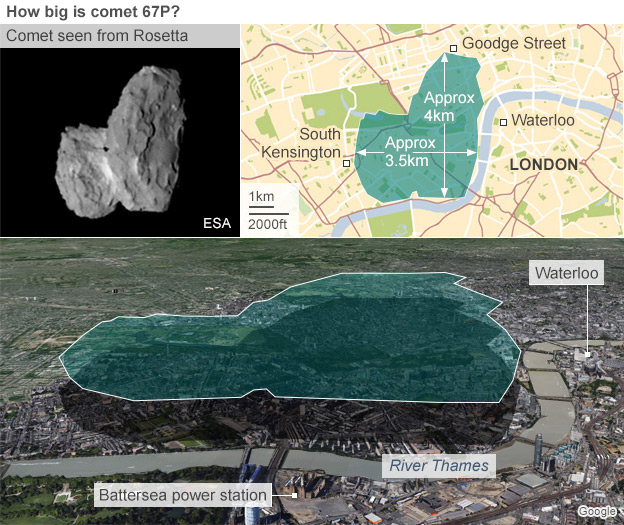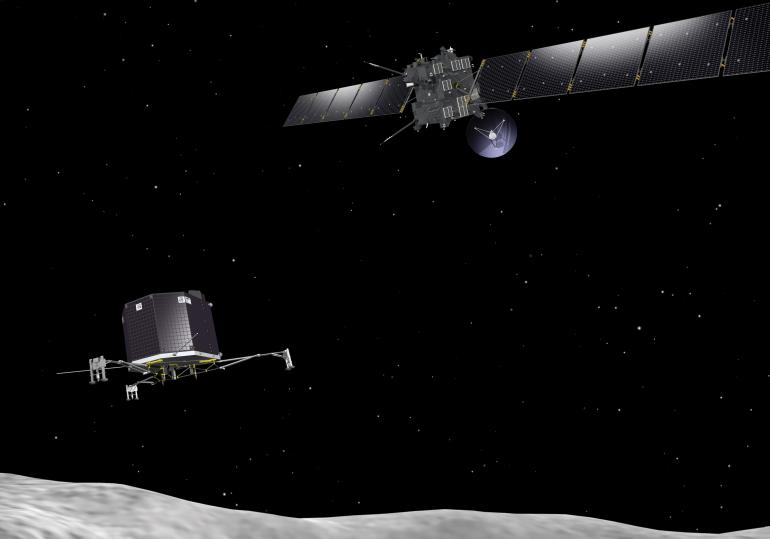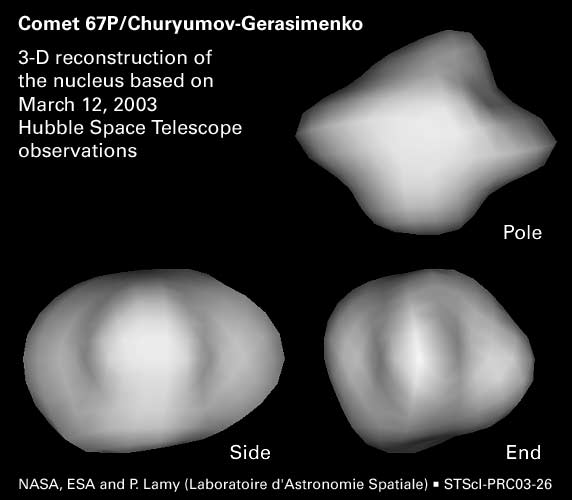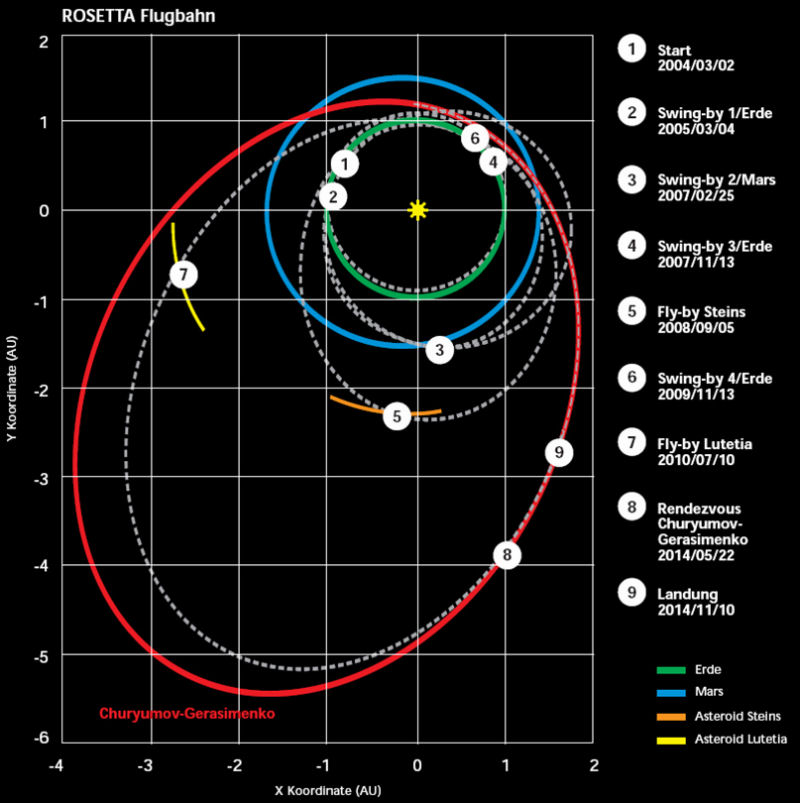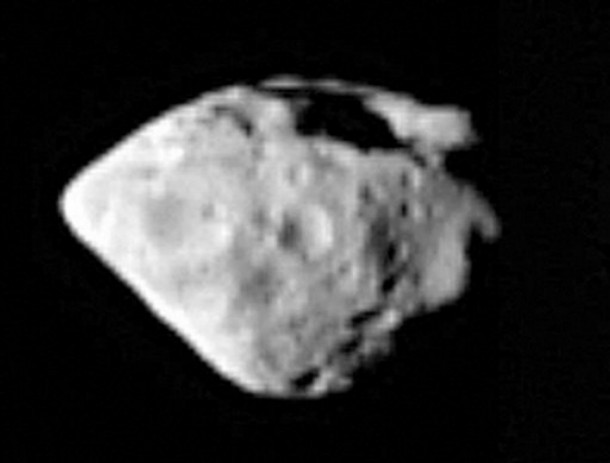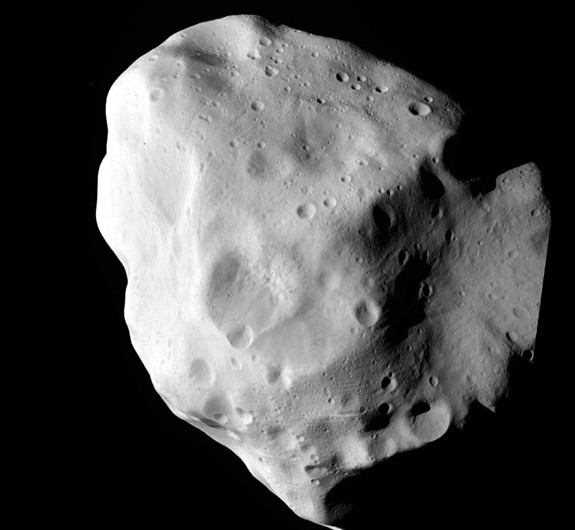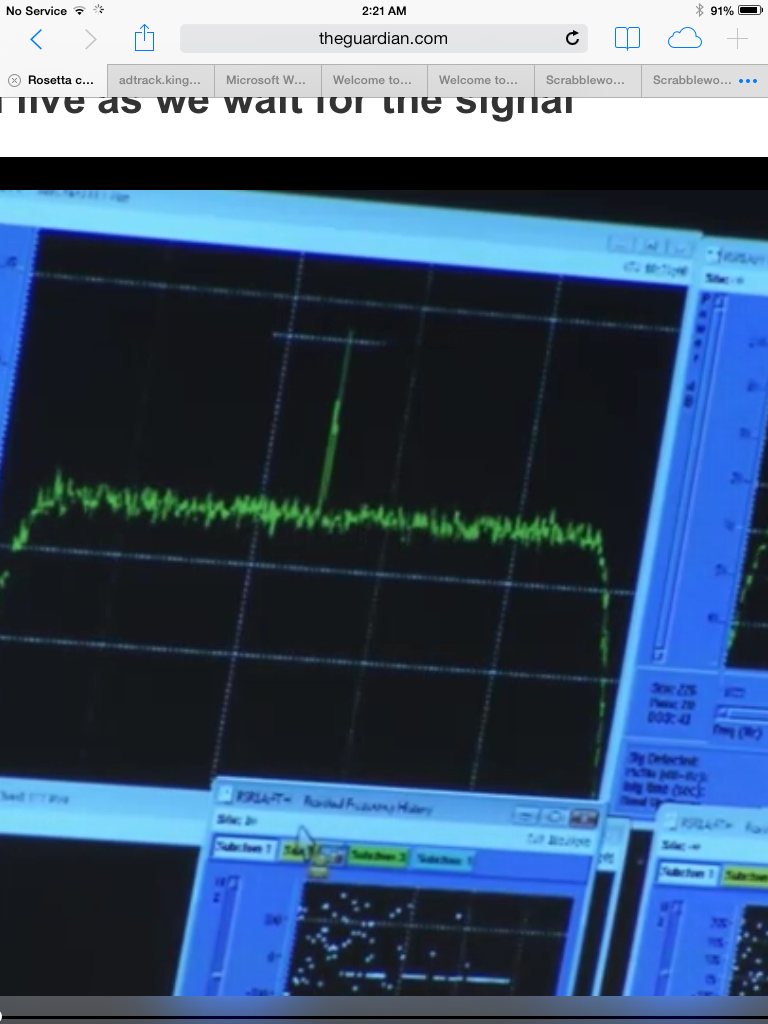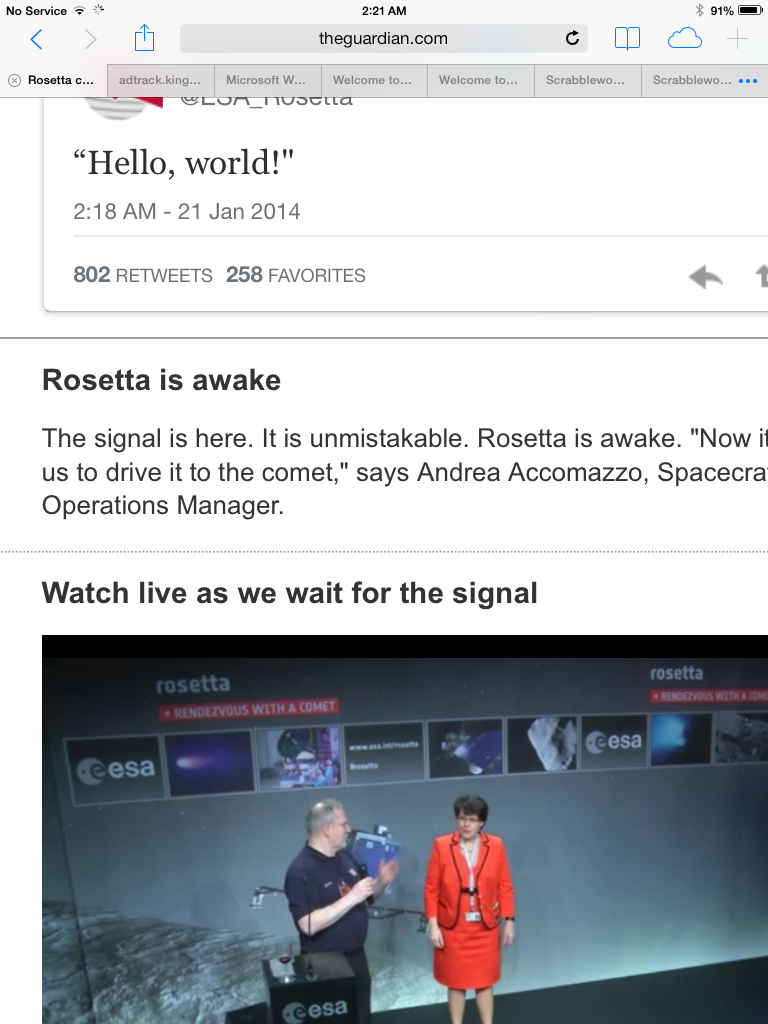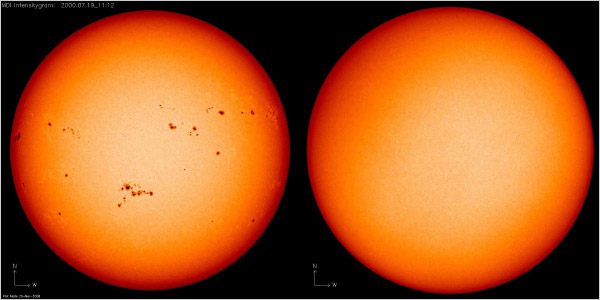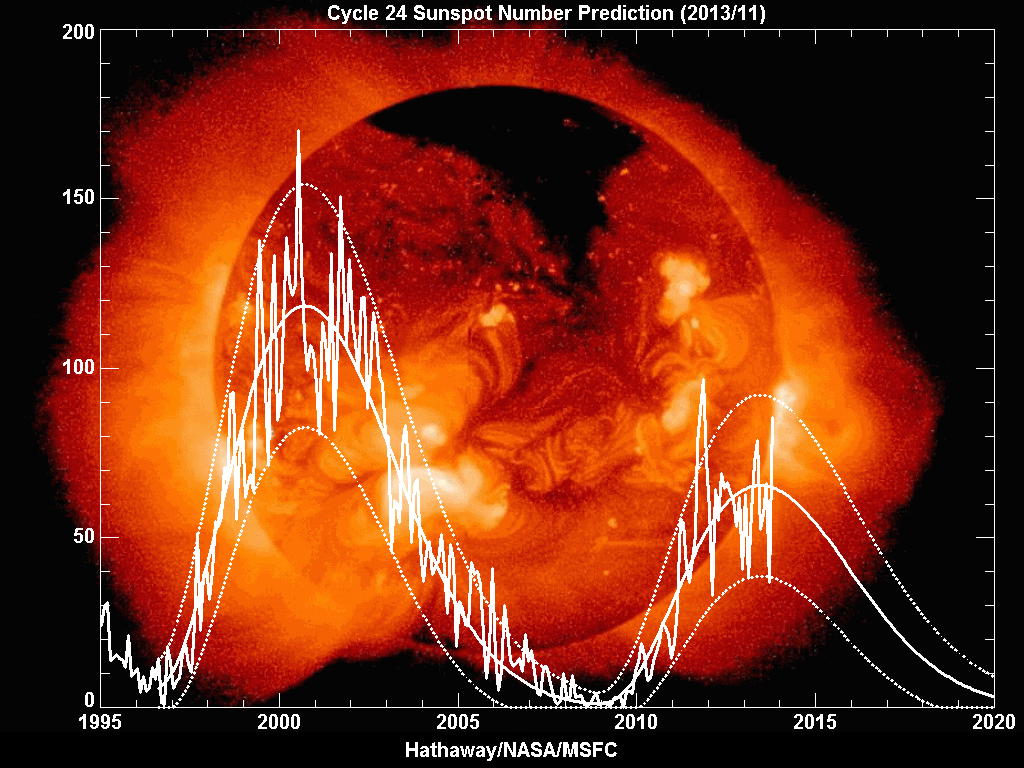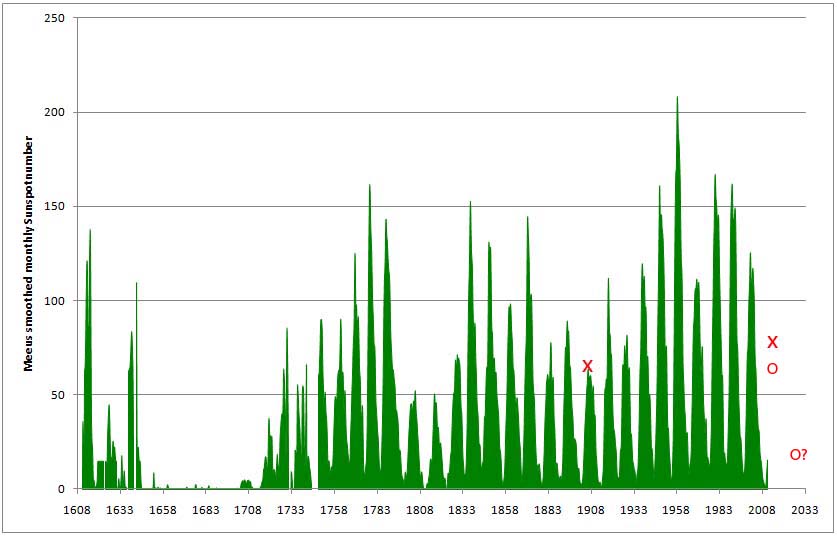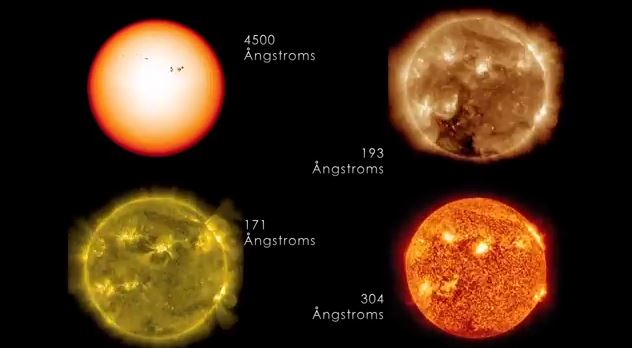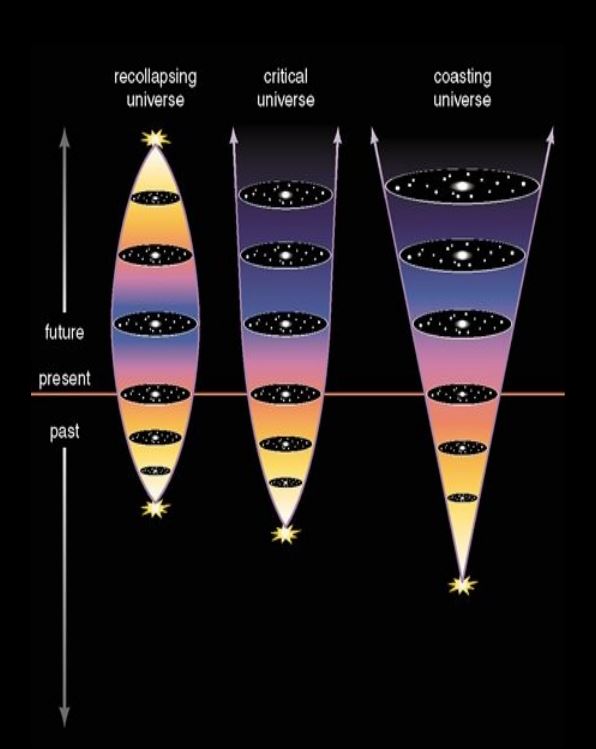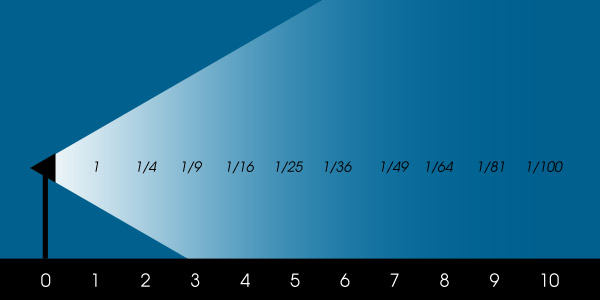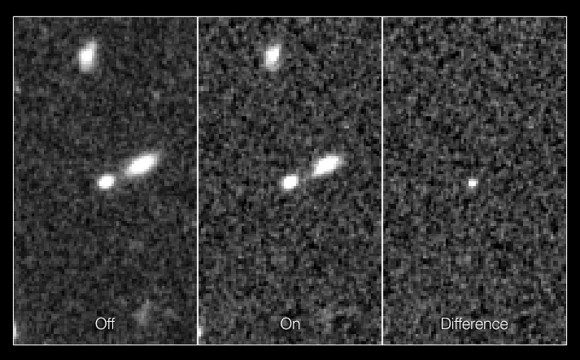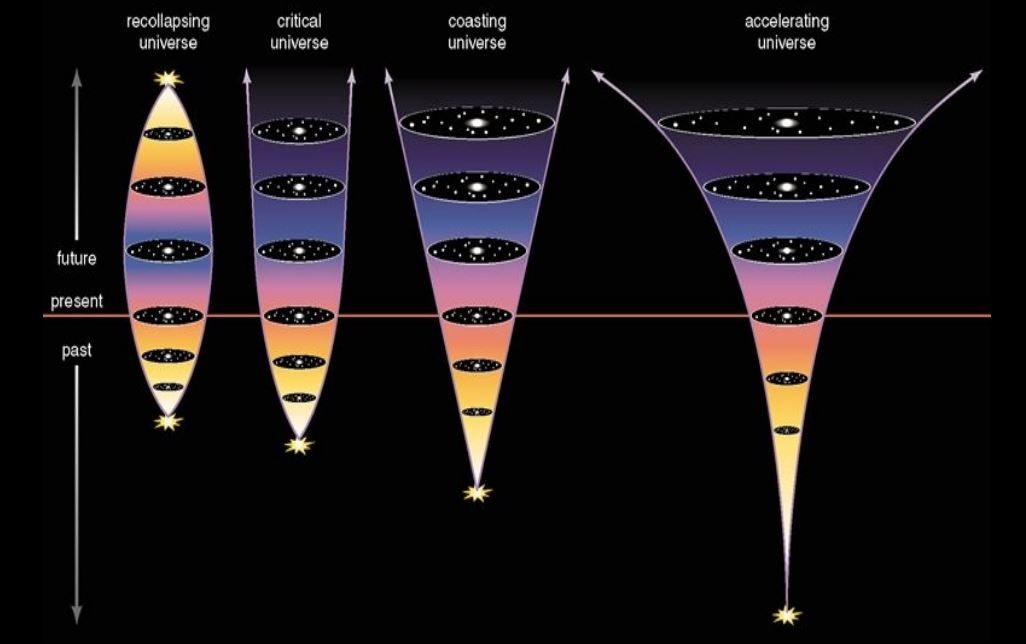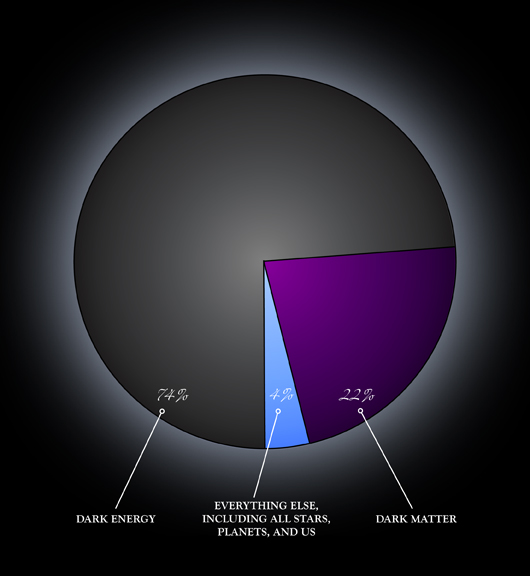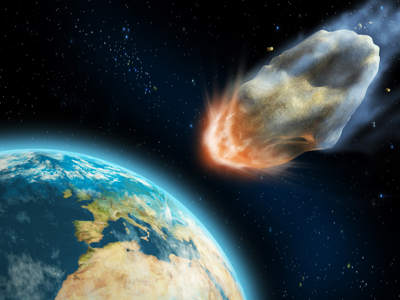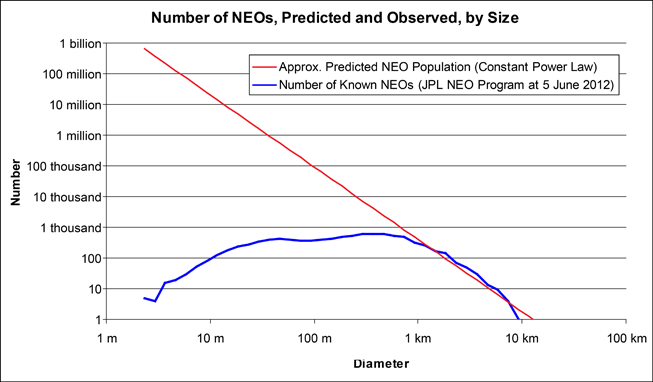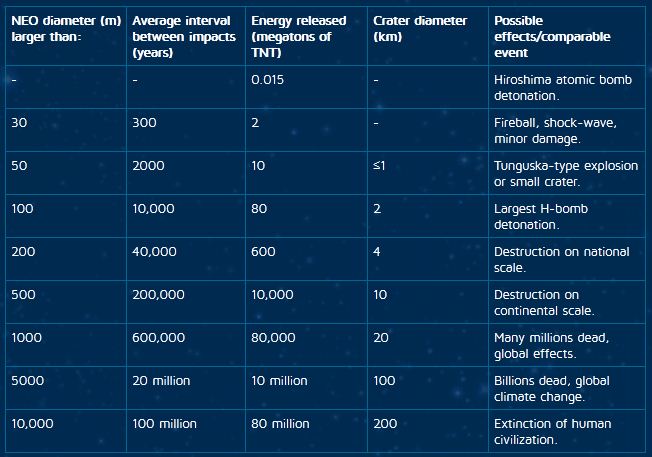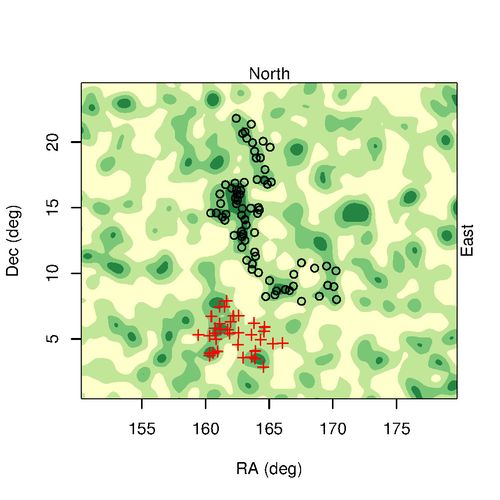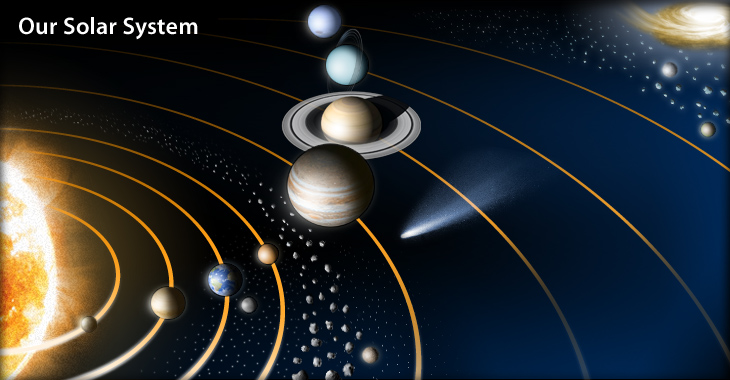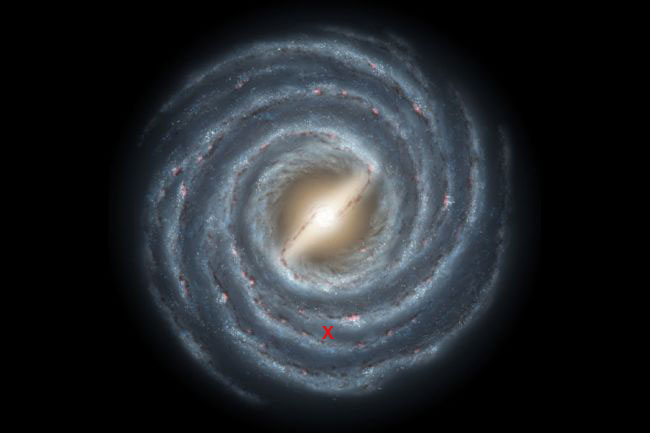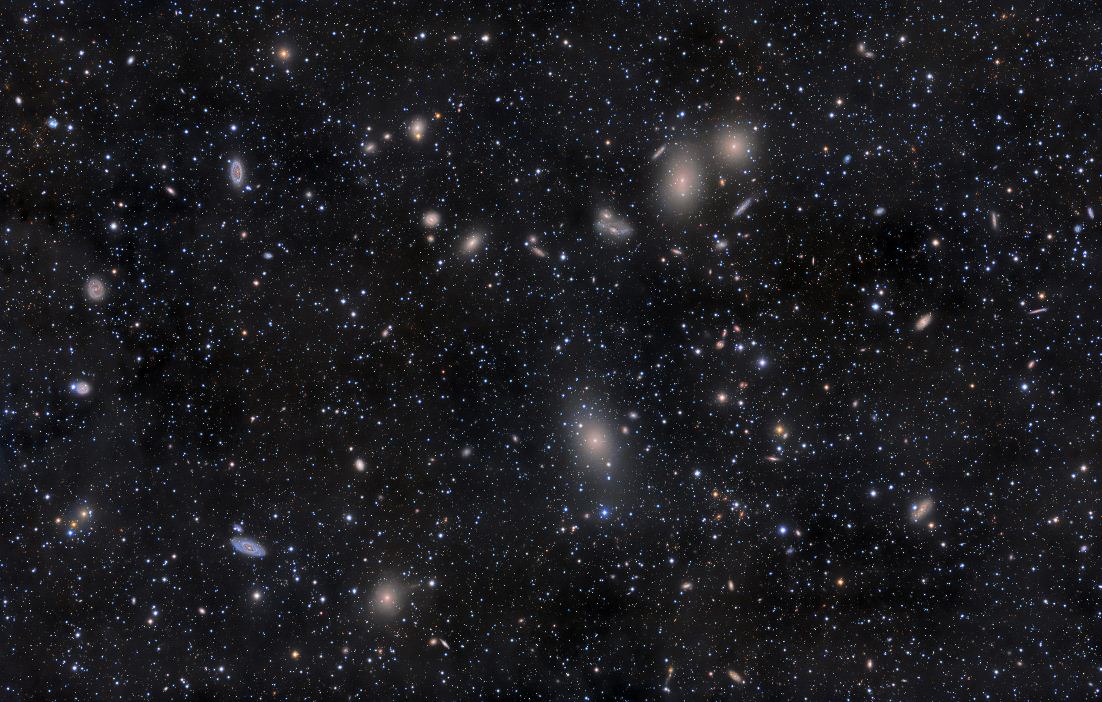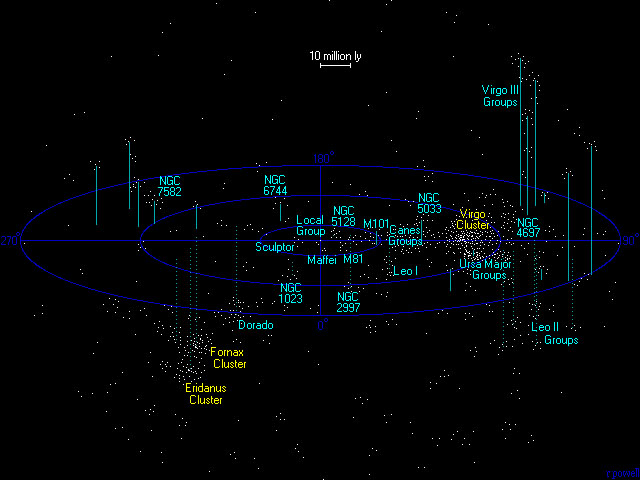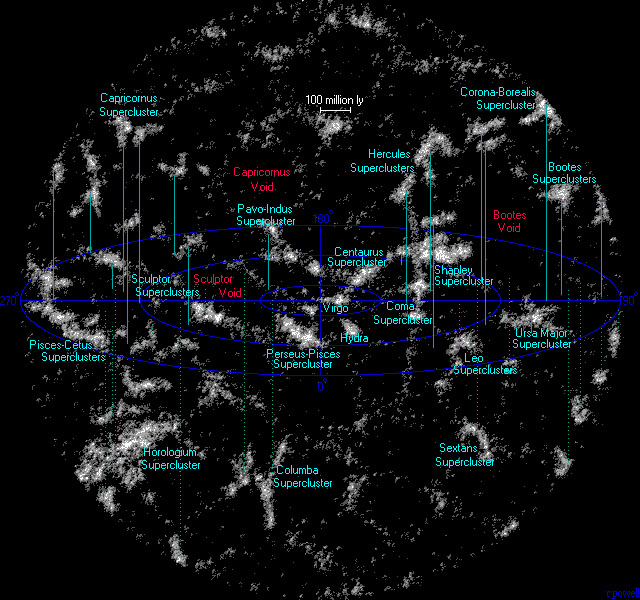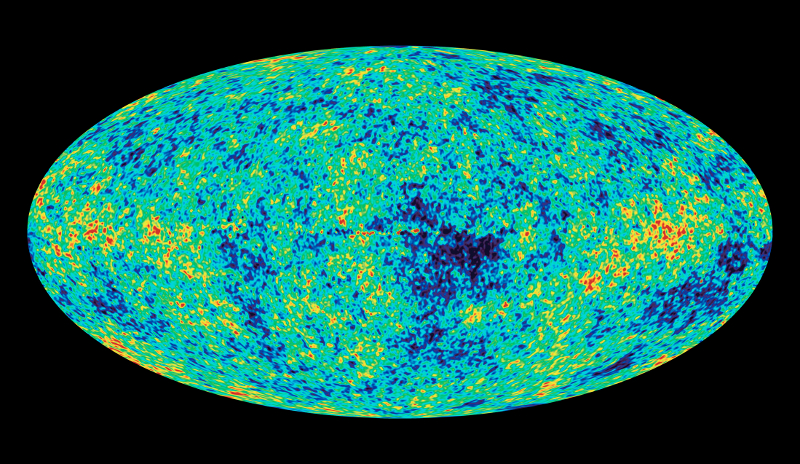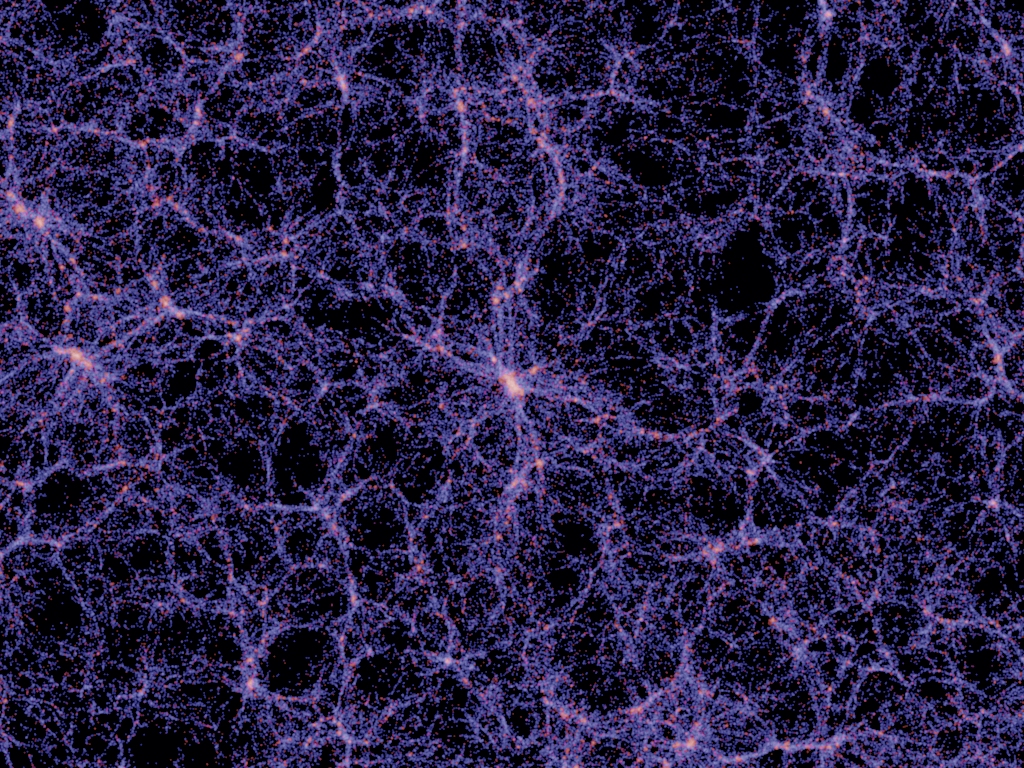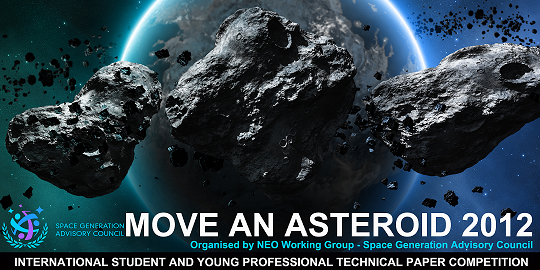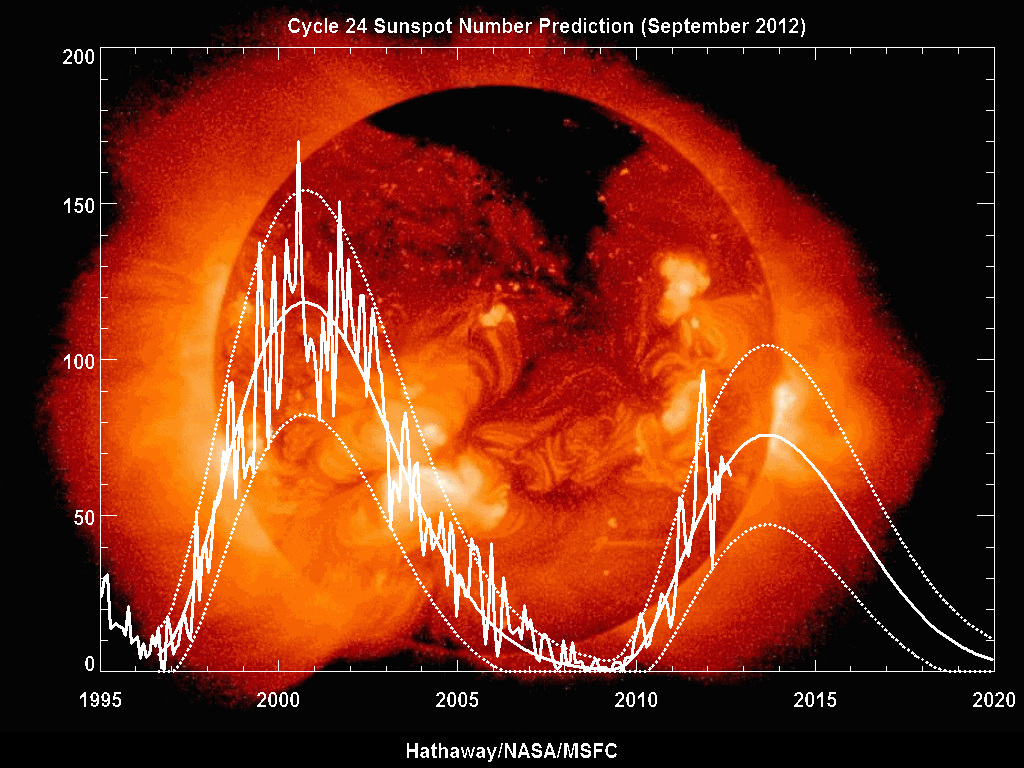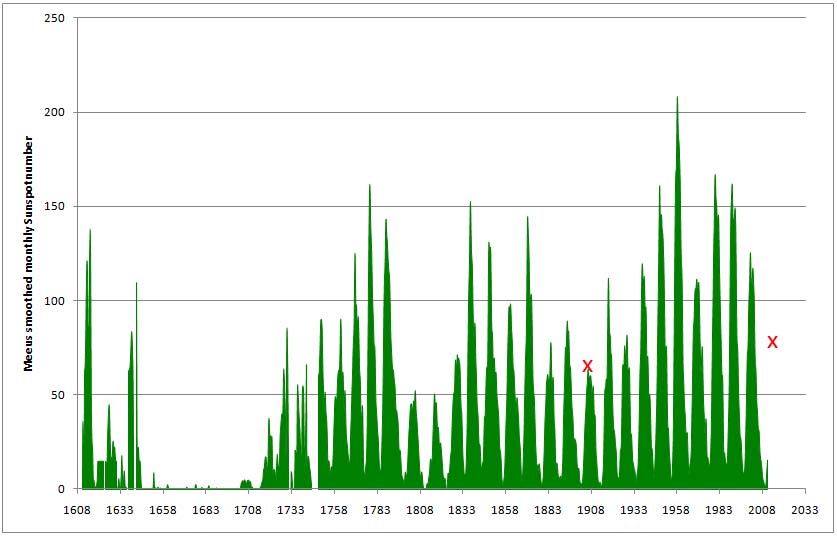Last week it was full moon, and not just an ordinary one, but a perigee full moon, often popularly called a “Super Moon”. The orbit of the moon around the earth is elliptical, so the distance between moon and earth varies between 363.104 km (perigee) and 406.696 km (apogee). When a full moon occurs at perigee, the moon looks larger and brighter. It’s not a rare phenomenon, 9 September this year will be the next perigee full moon, and June 2013 there was another one. It’s a bit of a media hype.
My friend Chuan took a beautiful picture of this perigee full moon, in the middle of the night, with his point and shoot camera(!), handheld, 24x zoom.
The dark regions are called Mare (Sea) because in the past people believed that there was water on the moon. Actually they are basaltic plains, formed by ancient volcanic eruptions. Huge craters mark the places where meteorites have hit the moon. Here is a map of the moon with the names of craters and seas.
We can see only one side of the moon because the moon is “tidally locked” to the earth, always showing the same face to us. This interesting phenomenon deserves a separate post..:-) So how does the other (“dark”) side of the moon look like? It’s only after the start of the space age that we were able to explore. With a surprising result. Here is the other side of the moon
A lot of craters, but no “seas”. Why so different? Which leads to another, more basic question, where does the moon come from? Was it “born” at the same time as the sun and the other planets, ~4.5 billion years ago? Many hypotheses have been formulated, here is the theory that is generally accepted at the moment. It is called the Giant Impact Hypothesis
Not long after the formation of the solar system, there was another planet, about the size of Mars, which collided with the (young) Earth. Here is an artist impression of this collision.
This hypothetical planet has been named Theia, after a Greek goddess, the mother of Selene, the goddess of the moon. The effect of this dramatic collision was that a large part of Theia and Gaia, as the young Earth is sometimes called, melted together, forming the present Earth, but another part of Gaia and Theia was thrown out during the collision and coalesced into the Moon.
So powerful was this collision that the new Moon and probably also part of the Earth consisted of molten magma. The Moon, being smaller, cooled faster, and because of the heat of Earth and the tidal locking, the near side of the moon got a thinner crust than the far side! According to this theory that might be the reason that the near side has had more volcanic activity than the far side. There are many more arguments in favour of this giant impact hypothesis.
Of course the next question is then, where did Theia herself come from? A very promising idea is that this planet might have been formed in about the same orbit as Gaia. In 1772(!) the French mathematician Lagrange studied the properties of rotating systems, like the earth orbiting the sun. He discovered that there exist points in such a system, where other objects can exist in a stable way. There are five such points, nowadays called Lagrange points
In the Lagrange points L4 and L5 the gravitational force of Sun and Earth balance in such a way, that objects will corotate with Earth around the Sun. During the formation of the solar system, mass could have accumulated in for example L5 and formed Theia. Through the disturbance by other planets (Venus for example), this planet could, after millions of years, leave L5 and collide with Earth.
Just skip this last part if you find it too complicated…:-)


